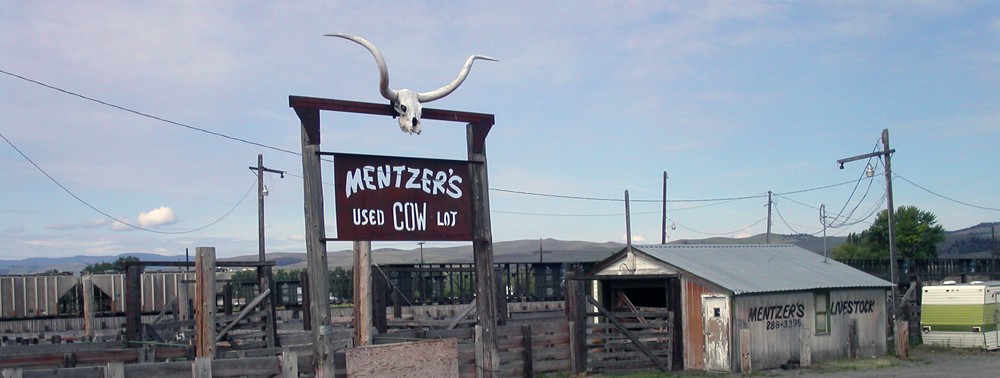Residents of Decatur, Ga., who question whether their elected and appointed leaders have a genuine commitment to preserving affordable housing in the Atlanta suburb can find the answer to their query among the crop of 2015 Decatur Design Award winners.
Last month, a home at 156 Feld Ave. was one of six recipients of a Decatur Design Award. The awards, doled out by the Decatur Historic Preservation Commission, recognize projects “that promote excellence in preservation, design, sustainability, and advocacy.”
Over the years, the Decatur HPC has given awards to teardown projects in the “sustainability” category. Under Decatur code, the Feld Ave. project is considered a “substantial alteration” to an existing building — an “addition” — and that’s the category in which it was recognized. In other jurisdictions, the Feld Ave. project likely would be considered a “teardown.”
The 2015 Decatur Design Awards were given at a time when an increasing number of Decatur residents, and even prospective residents, have been addressing city commission meetings about gentrification pressures in the city’s Oakhurst neighborhood (where Feld Ave. is located) and the citywide escalating property tax burden. The Feld Ave. project converted an affordable modest vernacular house into what many residents describe in social media and in neighborhood listervs as a “McCraftsman” McMansion.
The house at 156 Feld Avenue was built c. 1930. In the 1970s it was one of about 200 foreclosed and abandoned homes that the U.S. Department of Housing and Urban Development transferred to the Decatur Housing Authority for use in an innovative affordable housing program called urban homesteading [PDF].
In 1978 Gloria and Oscar Lamar paid $1 for 156 Feld Ave. and like other new homeowners in the program they got a low-interest loan from the City of Decatur to bring the house up to code. The urban homesteading contract between the Lamars and the City required the family to live there for at least three years; they stayed until the 1990s.
The property returned to foreclosure and was sold several times between the early 1990s and 2013 when the current owner bought the 1,350-square-foot home. The new owner hired a builder to design and build alterations to the house that would more than double its size to 2,700 square feet. According to DeKalb County tax records, the property in 2013 was appraised at $214,000; in 2015, it was appraised at $584,600.
Is the Feld Ave. project worthy of recognition for its excellence in architectural design? I have an opinion about that which I will reserve and I’ll leave those concerns to the folks who live in Decatur. My intent here is to suggest that by giving the project a Decatur Design Award, City leaders are giving their stamp of approval to this type of redevelopment and gentrification.
If this project does indeed reflect excellence in design and the aspirations towards which Decatur leaders want others to strive, then the award speaks volumes to how Decatur leaders genuinely view affordable housing and its place in Decatur’s future.

Diversity, displacement, and gentrification were hot topics in Decatur’s newly rebranded Oakhurst neighborhood a generation ago. Then they weren’t.
© 2015 D.S. Rotenstein
Shortlink for this post: https://wp.me/p1bnGQ-2JX



